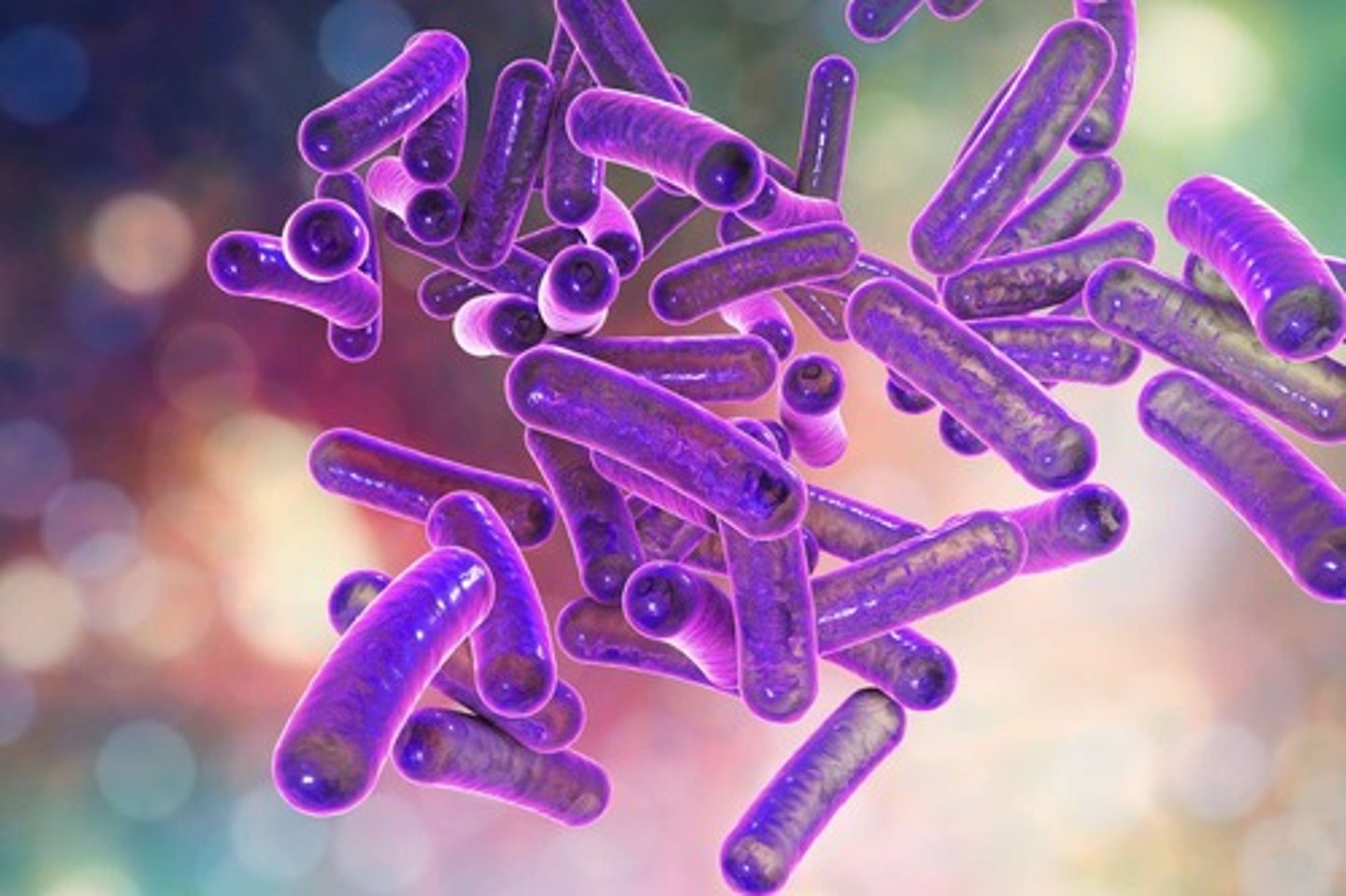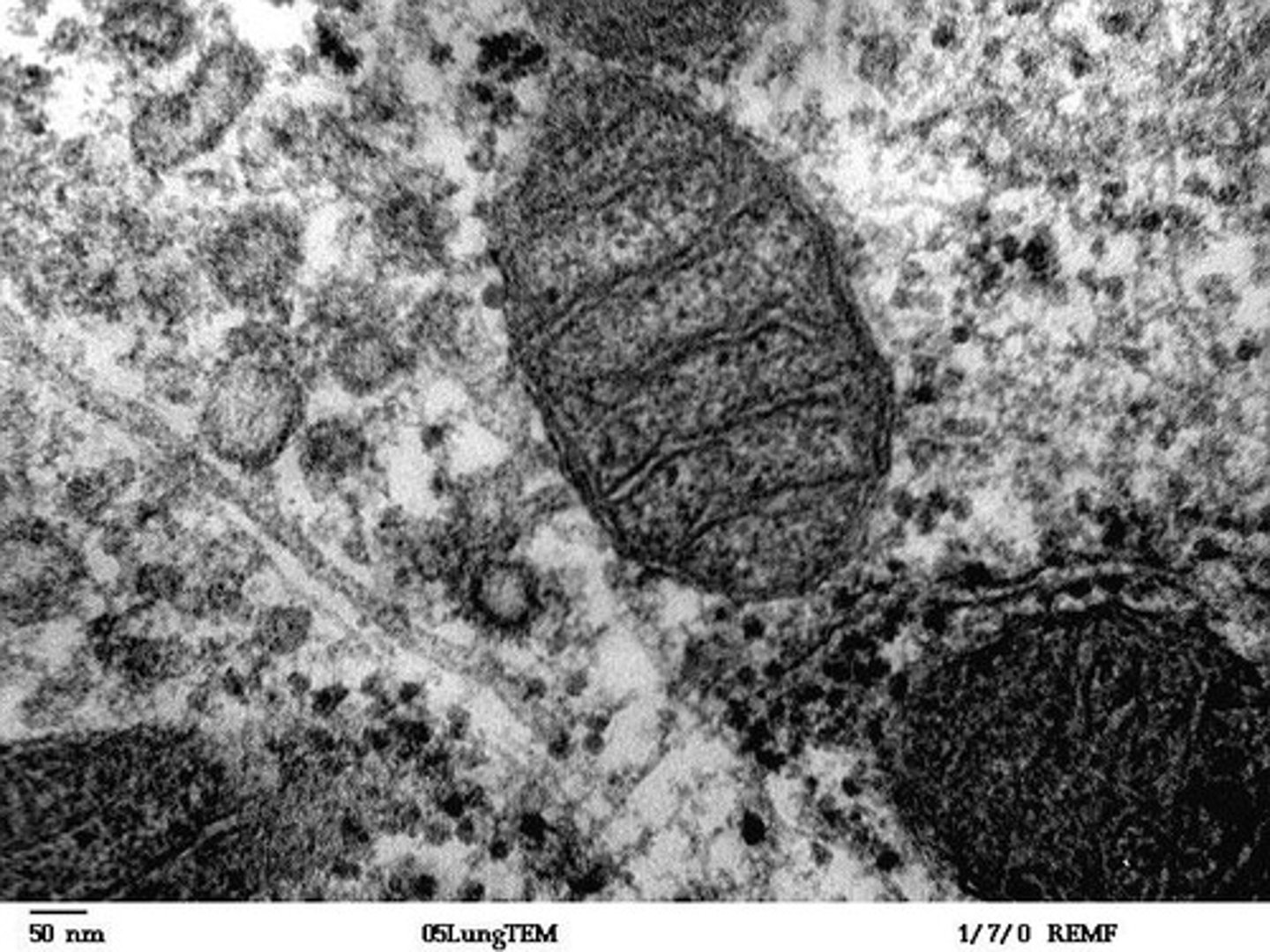Cell Size, Structure, and Function in Biology
1/42
There's no tags or description
Looks like no tags are added yet.
Name | Mastery | Learn | Test | Matching | Spaced |
|---|
No study sessions yet.
43 Terms
Prokaryote
A type of cell that lacks a nucleus and other membrane-bound organelles.
Eukaryote
A type of cell that has a nucleus and other membrane-bound organelles.
Cell Theory
A scientific theory that states: 1. Cells are the basic unit of life, 2. All living organisms are made up of cells, 3. New cells are derived from pre-existing cells.
Microscopic
Cells are typically microscopic and not visible with the unaided eye.
Light Microscope
An instrument used to observe cells that uses visible light to magnify images.
Electron Microscope
An instrument that allows us to see much smaller things by using the interactions between electrons and the object.
Mitochondrion
An organelle which produces energy for the cell.
Red Blood Cells
Cells that carry oxygen around the body.
White Blood Cells
Cells that are part of the immune system.
Biogenesis
The principle that cells arise from pre-existing cells.
Organ Systems
Groups of organs that work together to perform complex functions in multicellular organisms.
Prokaryote
Unicellular- Single Celled; Example: Bacteria, Cyanobacteria (photosynthetic bacteria), Archaea Bacteria

Eukaryote
Contain membrane bound organelles (compartments); Genetic material (DNA) is contained within a nucleus
Cells
The building blocks of all living things
Organelles
The smaller parts of a cell, each have a special function and most can only be seen through an electron microscope
What is the function of the nucleus in a cell?
It carries out the information for all the functions of the cell.
Where is DNA found in a cell?
In the nucleus, bundled into chromosomes.
What do chromosomes code for?
The production of proteins.
What activities do proteins carry out within the cell?
They carry out various activities necessary for the cell's functions.
Cell (plasma) Membrane
The outer barrier of the cell, composed of lipid molecules interspersed with protein channels to allow transport of materials into and out of the cell
Cell Wall
A protective barrier on the outside of a cell mostly made of cellulose, lies outside the plasma membrane, keeps the cell upright and keeps the cells shape
Cytoplasm
The cytosol is the fluid component: a watery, jelly-like mixture, which contains the organelles, that do the work of the cell.
Cytoskeleton
The internal skeletal structure of a cell. It is a 3D structure of microfilaments and microtubules that provides structure and shape to a cell.
Microtubules
Structure and 'rails'. Attached to and organised by centrioles
Microfilaments
The 'muscles' of the cell
Ribosomes
The site of protein synthesis, microscopic factories that produce the proteins used by the body for growth and repair.
Lysosomes
The garbage disposal units that get rid of wastes from the cell.
Mitochondria
The site of cellular respiration (reactions where glucose and oxygen are used to create energy in the form of ATP, water and CO2).

Endoplasmic reticulum
A system of interconnecting membrane sheets, dividing the cytoplasm up into compartments and channels. Vesicles pinch off, and transport the contents to the plasma membrane or other parts of the cell. It is a transport system.
Golgi Body
A membrane-bound transportation centre, which aids in the modification, packaging and transport of proteins throughout the cell.
Vacuole
Fluid-filled space for storage of sugars, minerals, proteins and water. Can expand to about 50-90% of the cell. Large in plant cells and small in animal cells.
Chloroplast
Contain chlorophyll which is responsible for the plant's ability to photosynthesise. These reactions take place in the thylakoid membrane and the stroma.
Flagellum
A 'tail' that allows a unicellular organism to move through a liquid surrounding.
Specialised Cells
Designed to carry out particular functions in the body. They do not always look like the typical pictures of cells seen so far.
Surface Area to Volume Ratio
As the volume of the cell increases so does the surface area however not to the same extent.
Surface Area
The surface area affects the rate at which particles can enter or exit a cell. The bigger the area is the more material can enter in an amount of time.
Volume
The volume relates to how much material is needed or made at a time. The bigger the volume is the more material is needed to maintain it for an amount of time.
Importance of Surface Area to Volume Ratio
If the surface area to volume ratio gets too small then substances won't be able to enter the cell fast enough to fuel the reactions, waste products will start to accumulate within the cell as they will be produced faster than they can be excreted, and cells will not be able to lose heat fast enough and so may overheat.
Efficiency of Smaller Cells
This explains why larger organisms need to be made from many billions of smaller cells! Several smaller cells will be more efficient at absorbing nutrients.
Cell Size and Function
Cells do not and cannot grow to be very large and this is important in the way living organisms are built and function.
Chemical Activity in Cells
When the cell increases in size so does its chemical activity. This means that more substances need to be taken in and more need to be removed.
Diffusion of Materials
Surface area to volume ratio affects the diffusion of materials into a cell.
Why Cells Have to be Small
Cells have to be small to maintain an efficient surface area to volume ratio for nutrient absorption and waste removal.